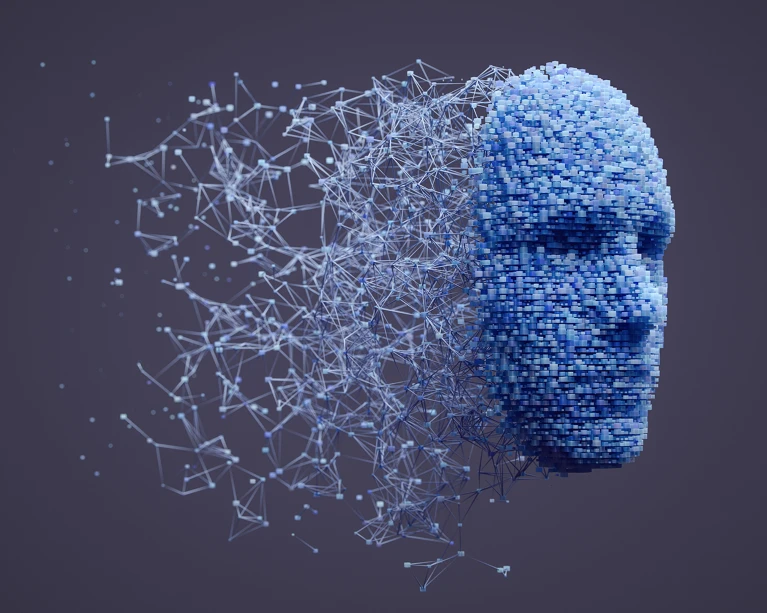Address
33-17, Q Sentral.
2A, Jalan Stesen Sentral 2, Kuala Lumpur Sentral,
50470 Federal Territory of Kuala Lumpur
Contact
+603-2701-3606
info@linkdood.com
Address
33-17, Q Sentral.
2A, Jalan Stesen Sentral 2, Kuala Lumpur Sentral,
50470 Federal Territory of Kuala Lumpur
Contact
+603-2701-3606
info@linkdood.com

Artificial Intelligence (AI) is entering a revolutionary phase. OpenAI’s latest innovation, the O3 model, is sparking fresh debates about what it means to test for human-level intelligence. With capabilities that seem to blur the line between human and machine cognition, the question arises: How do we measure this progress?
This blog explores the challenges, breakthroughs, and implications of testing human-level AI, with a closer look at OpenAI’s O3. At the end, you’ll find answers to the three most pressing questions about this exciting frontier.

Human-level intelligence in AI refers to systems that can perform tasks requiring reasoning, problem-solving, learning, and creativity—traits that were once uniquely human. While past AI focused on narrow tasks, today’s models aim to mimic general intelligence, adapting across diverse scenarios.
Testing AI for human-like abilities isn’t as straightforward as running a quiz. It involves:
OpenAI’s O3 model is revolutionizing AI testing by demonstrating unprecedented abilities in multi-modal learning, contextual understanding, and ethical reasoning.
These features make O3 a testing ground for exploring how AI can work alongside humans in real-world applications.
O3 stands apart due to its collaborative potential. It doesn’t just mimic human behavior; it complements human thinking, offering innovative solutions and even ethical guidance in decision-making.
For instance:
Testing ensures AI aligns with human values and safety standards. Proposed tests include:

It means AI could support you in complex tasks, making decisions and providing insights like a human partner. However, AI is not conscious—it simulates intelligence through data and algorithms.
OpenAI’s O3 model is a major step forward, but fully autonomous, human-like AI remains years away. Current systems are powerful but lack the depth of human adaptability and creativity.
Yes, but cautiously so. With proper regulation, ethical guidelines, and transparent development, AI can be a force for good. Awareness and oversight are key to mitigating risks.
OpenAI’s O3 model isn’t just a leap forward for AI research—it’s a wake-up call for us all. As these systems grow more advanced, it’s crucial to stay informed, ask the right questions, and participate in shaping a future where AI serves humanity responsibly.
Welcome to the new era of AI, where the future isn’t just about technology—it’s about you.
Sources Nature